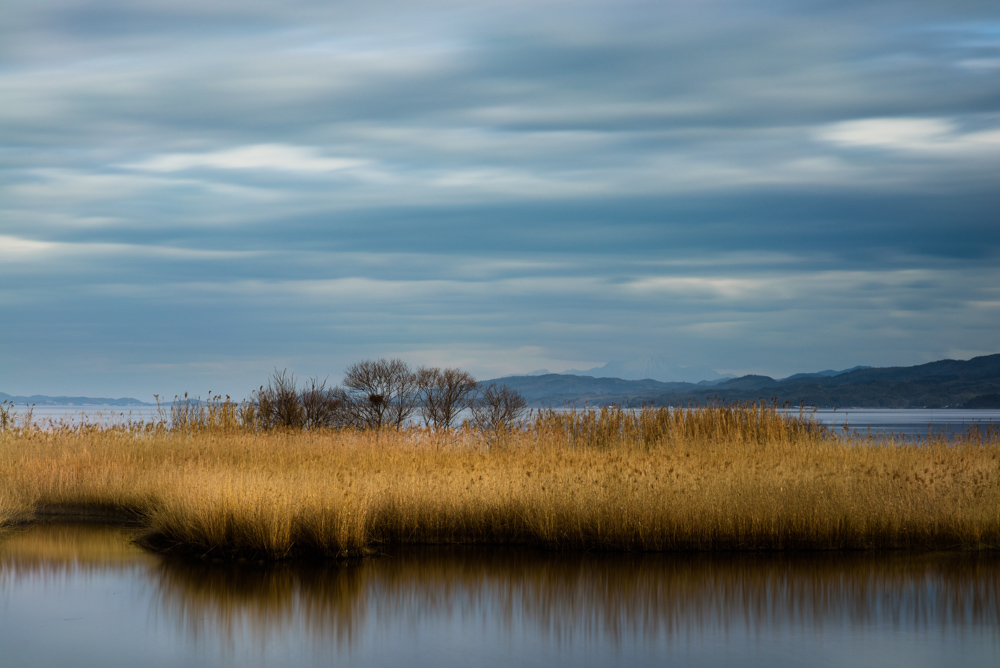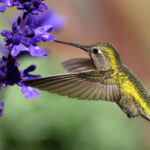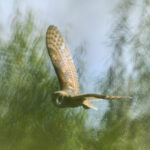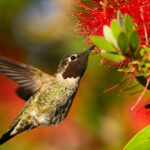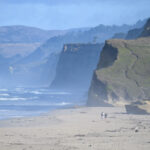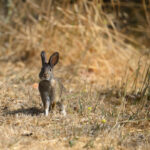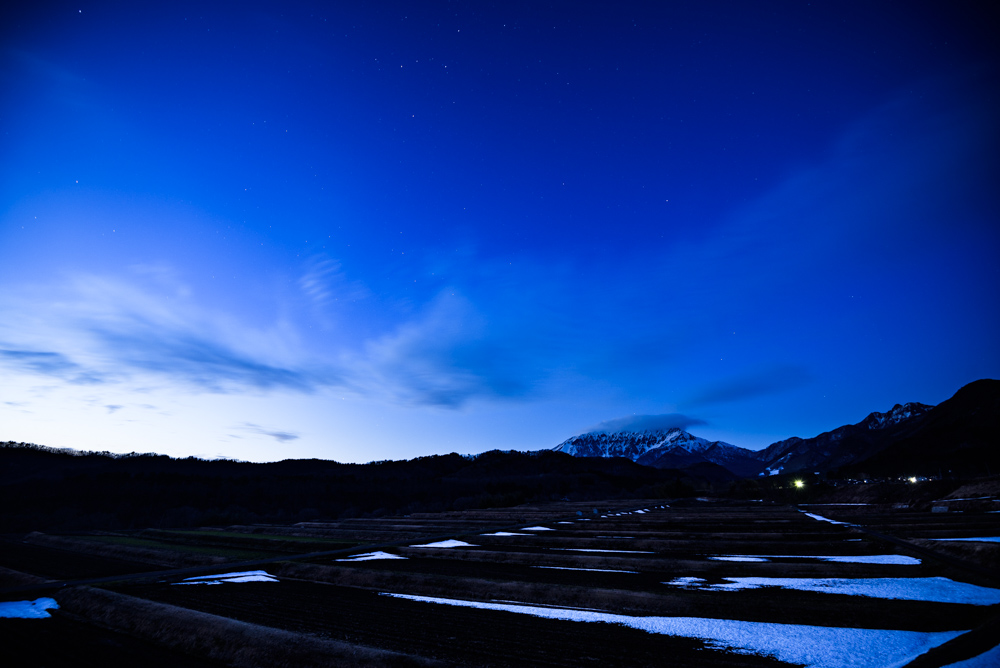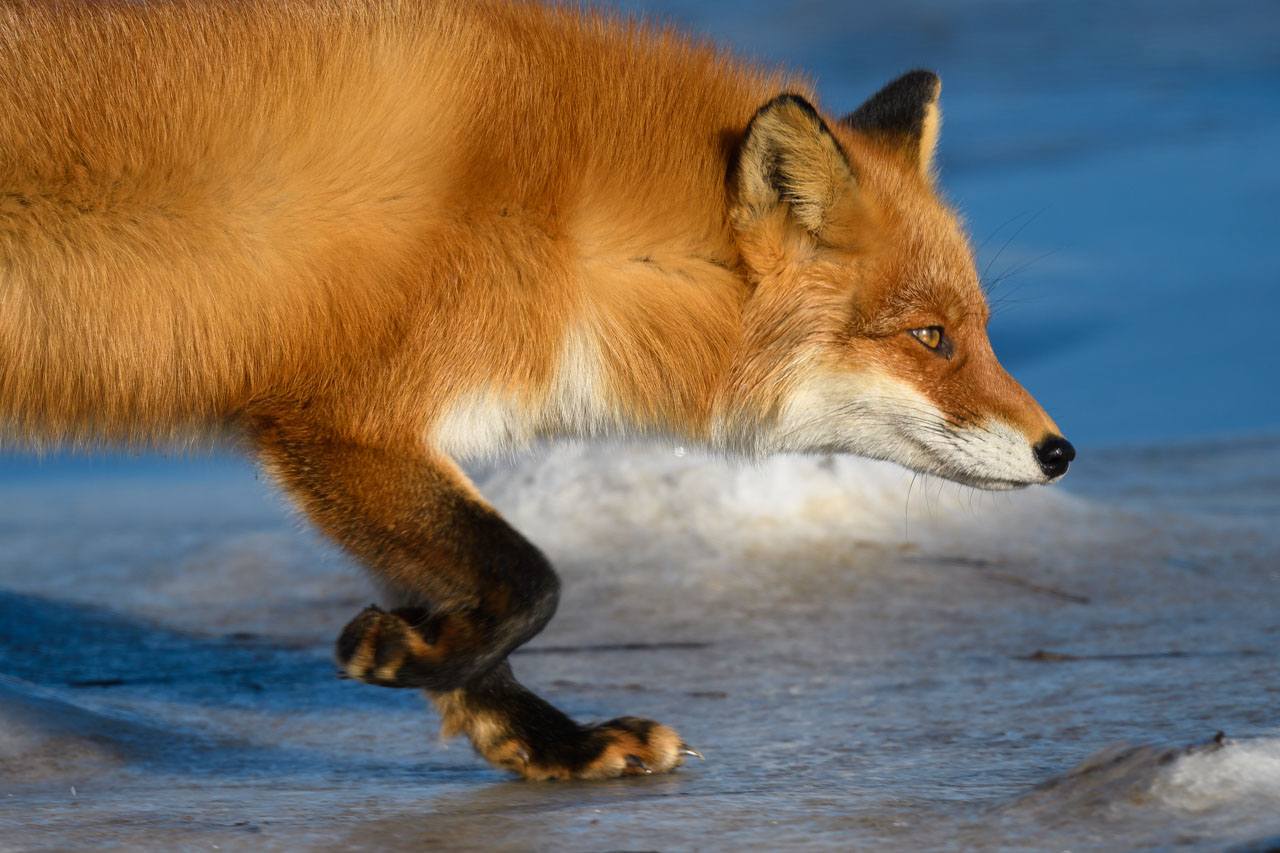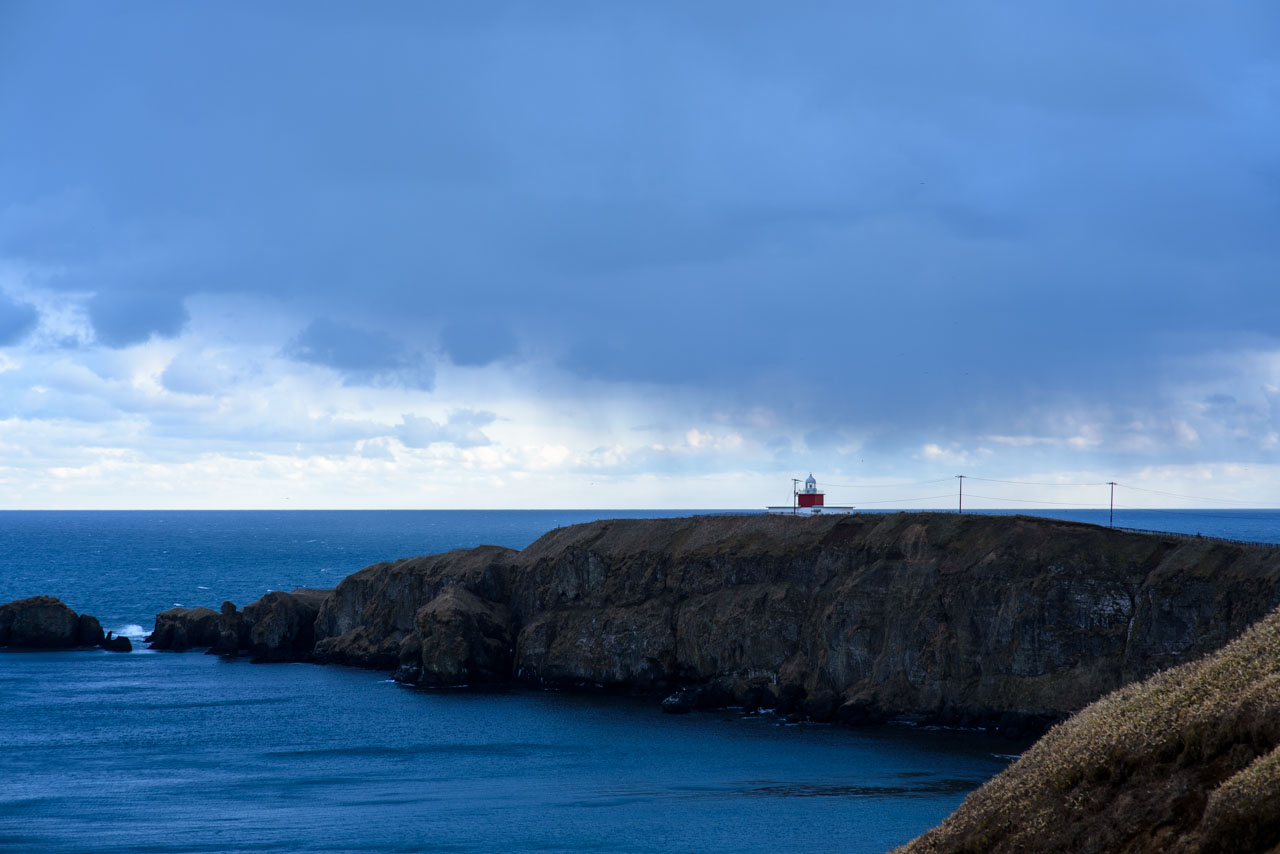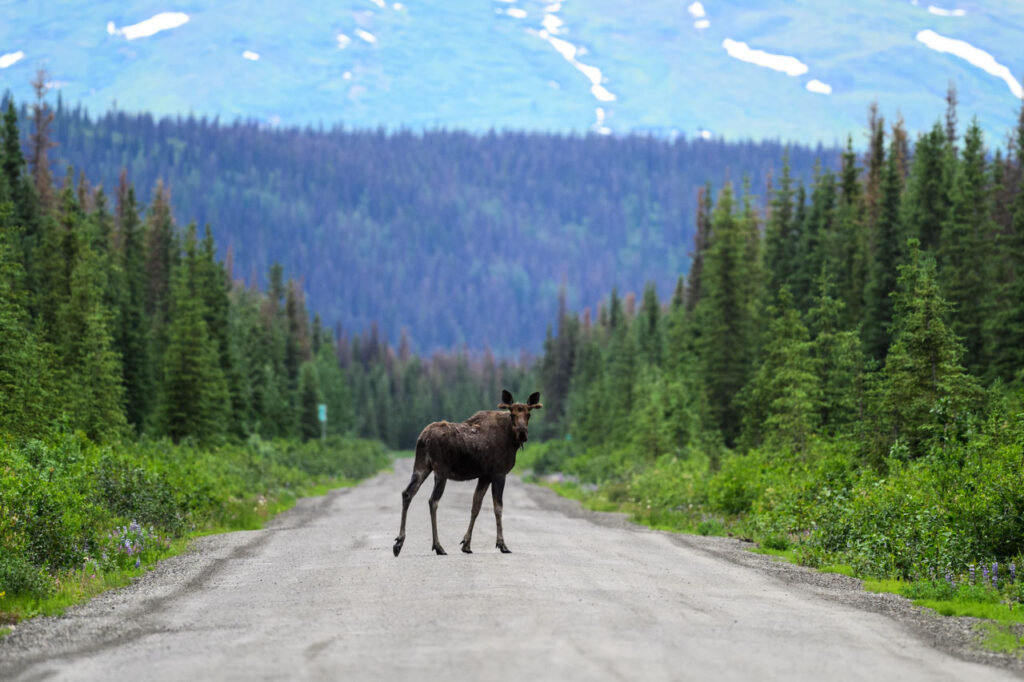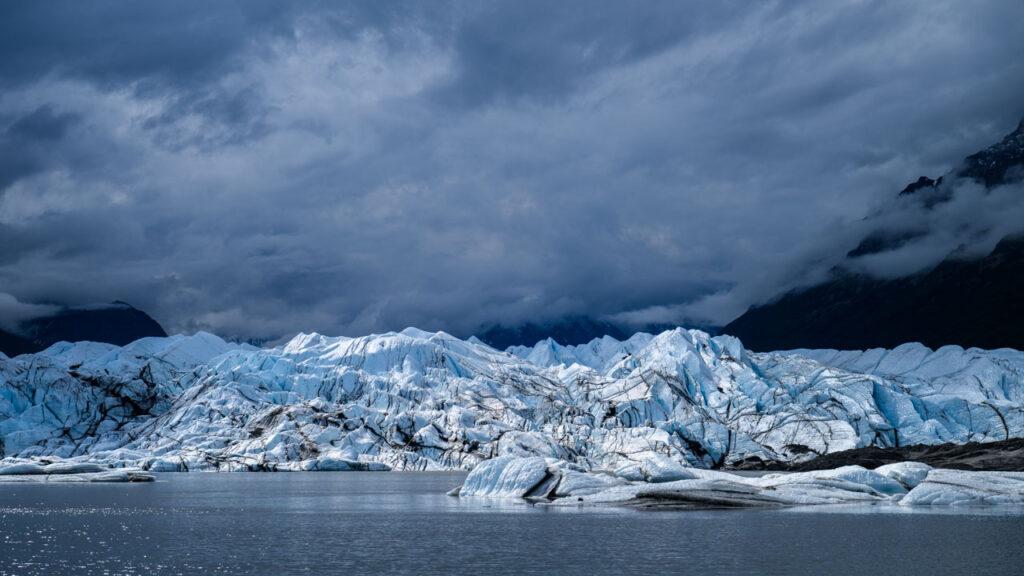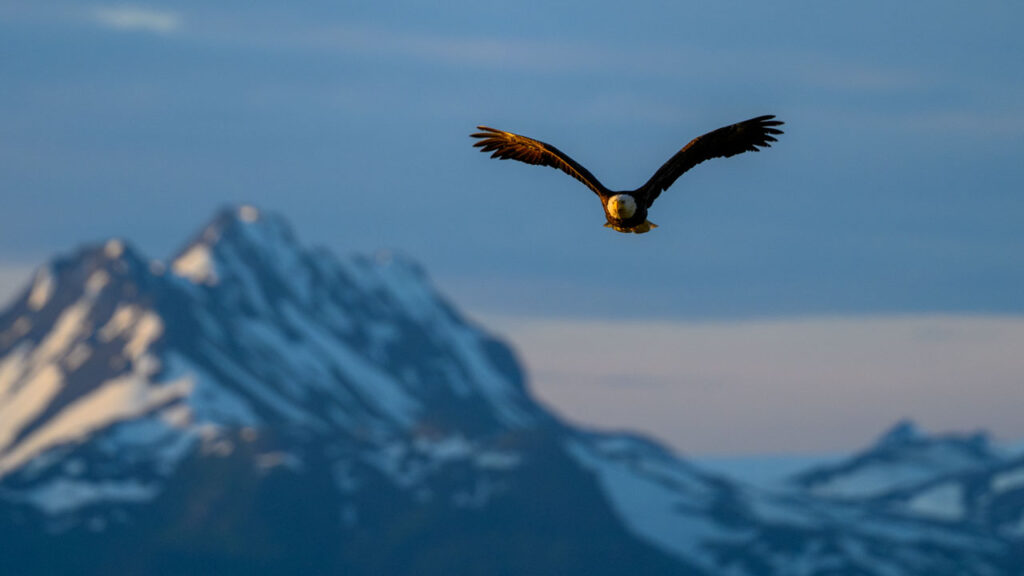
鳥取・島根撮影 その2 / Tottori and Shimane photos Part.2
After photographing mandarin ducks, I decided to go back around to Mt. Daisen.
Looking back from the foot of Mt. Daisen, clouds began to drift in one after another like a sea of clouds from the mountain range to the south.
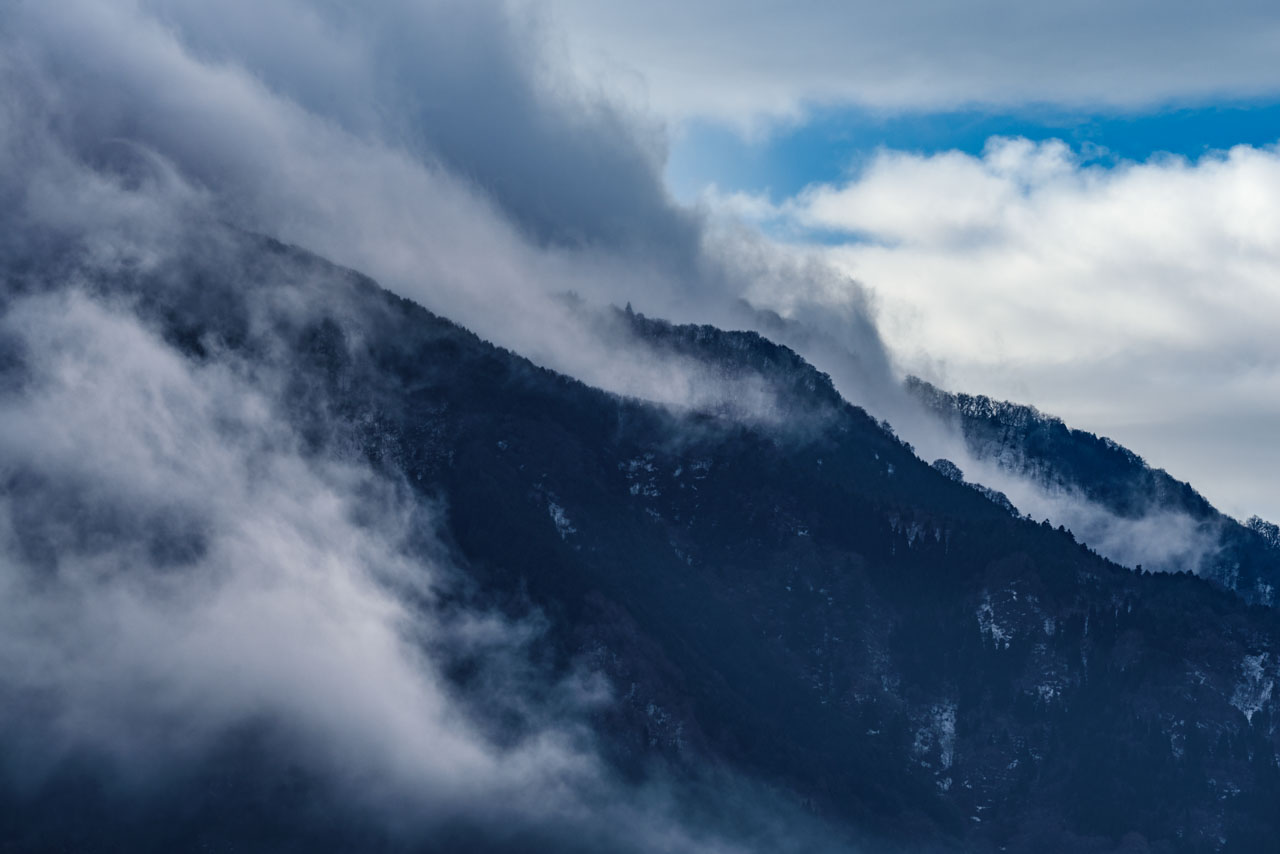
It looked quite majestic, so I made a panorama of it. Is it from the direction of Hiruzen?

Daisen, taken from a different angle from yesterday from the west. It is called “Hoki-Fuji” (伯耆富士) and has a graceful shape.
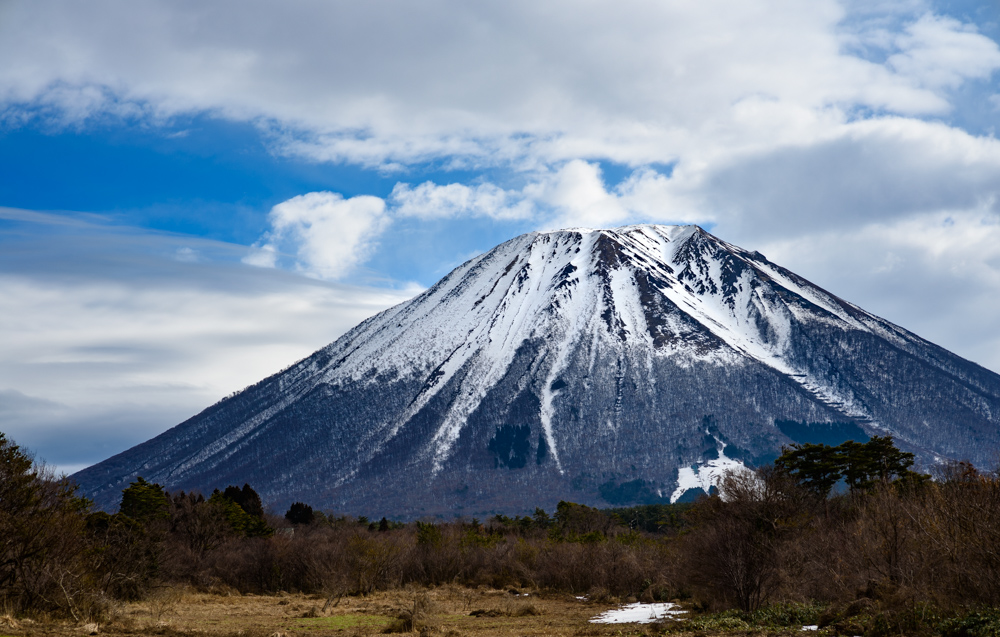
It would be a shame to return in a straight line, so I decided to look for a spot to take pictures.
Following the San-in Expressway, I was interested in the Lake Shinji area in Izumo. I decided on my destination, thinking that if I were in Izumo, I must surely be able to get some soba (buckwheat noodles) as souvenirs.
At first, I headed for the nature park by Lake Shinji.
On the way to the park, I noticed a pair of Mute Swans on the river.
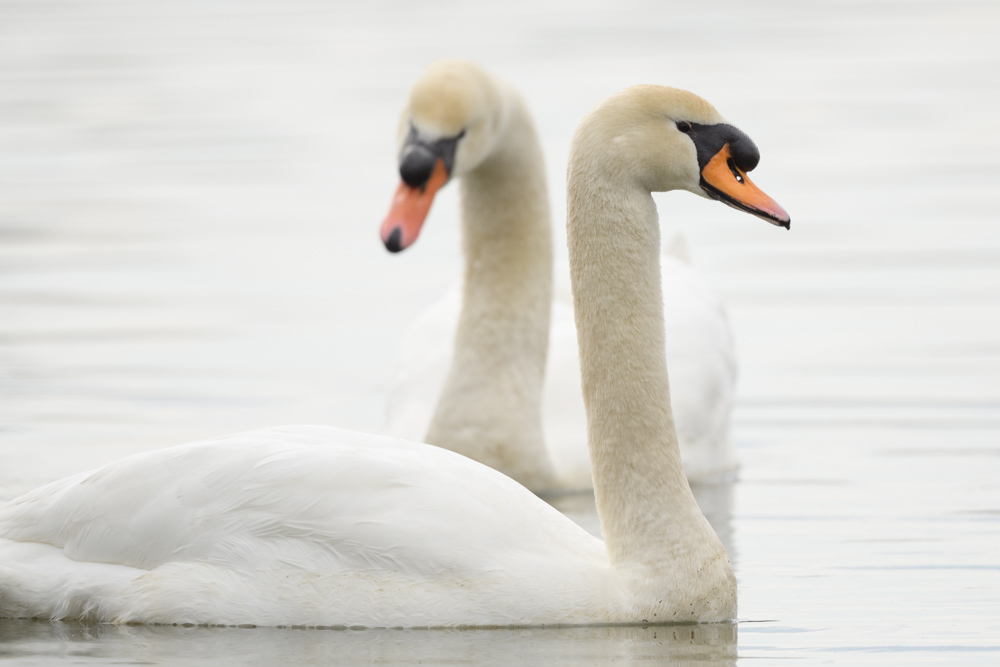
The Mute Swan is not a migratory species, but rather a species that was imported from Europe as an ornamental species in the past, and then became wild and bred. In short, it is an invasive species, and is listed in the National Institute for Environmental Studies’ database of invasive species. Incidentally, looking at the list, I see that the Indian peacock has also become wild in some areas. I wonder where they escaped from.
The Mute Swan, however, does not seem to be considered so harmful. Is it because they are large and their numbers do not increase that much?
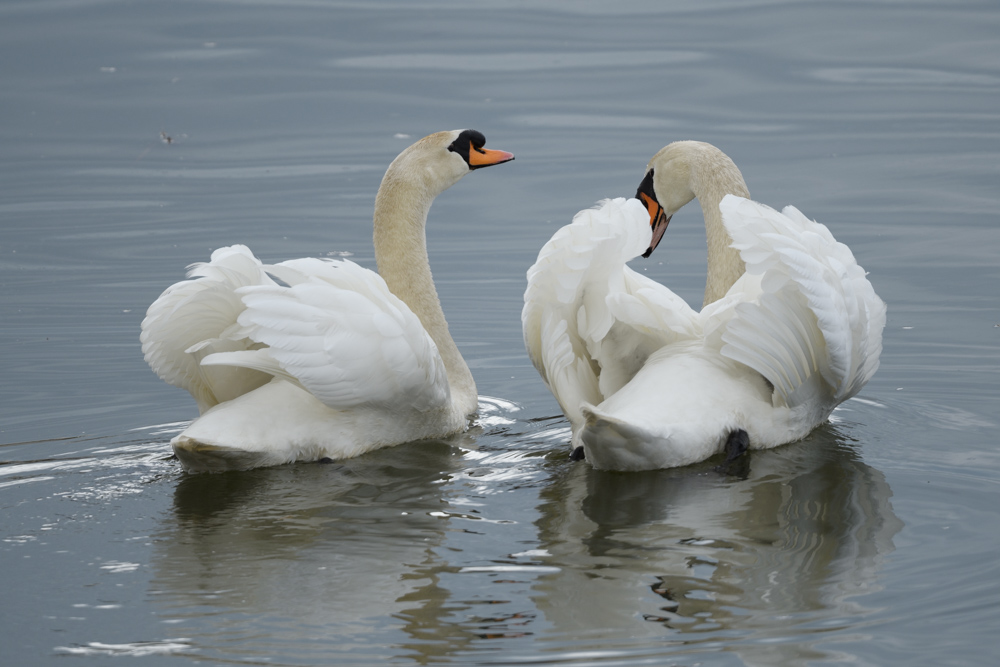
There was a flock of Tundra Swans in the farmland.
They act in family groups. The grayish ones are juvenile swans.
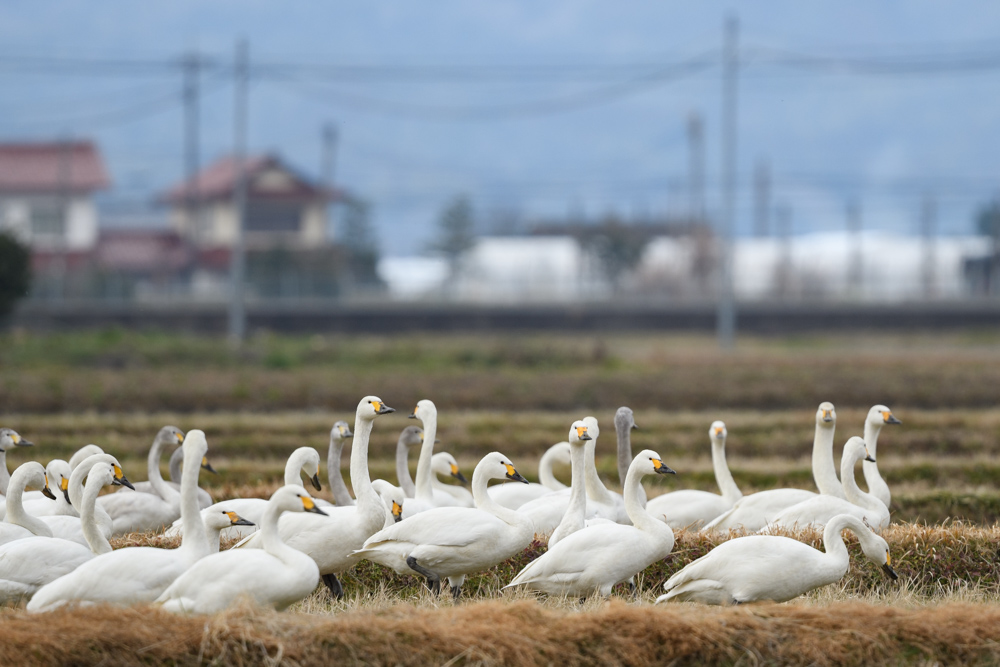
They seemed less alarmed by the sight of people than I had expected, but when they saw a father and son approaching at a rapid pace, they indeed ran away.
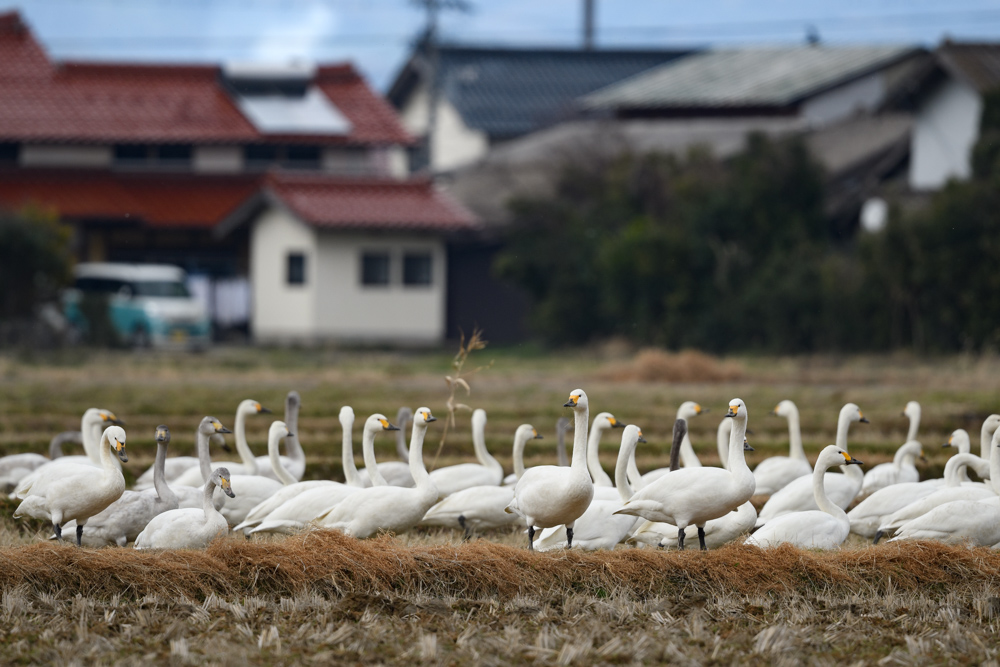
A flock of Greater White-fronted Geese could also be seen. The book says that the southern limit of this species is Shimane Prefecture. I have never seen them in Yamaguchi.
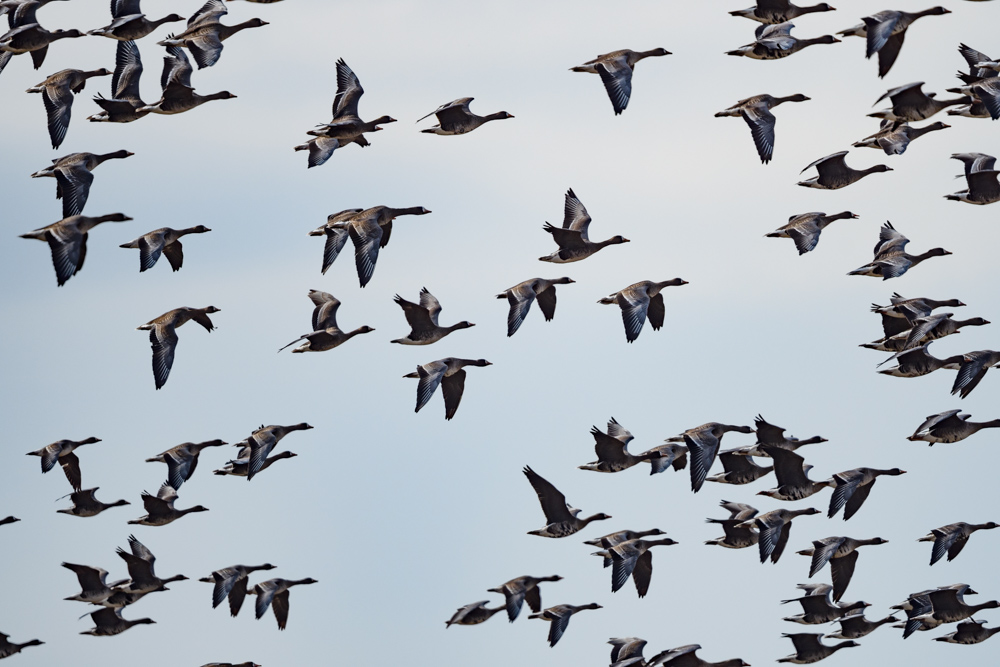
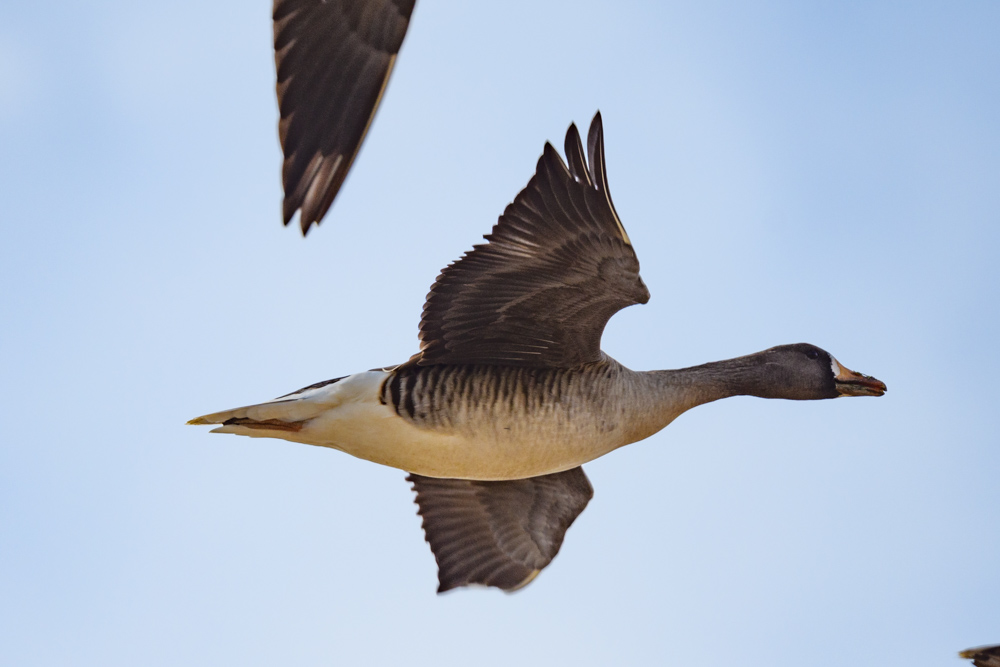
I got some soba for sure, and it was a good decision to stop in Izumo.
Lastly, the view from Nagisa Park. I would have liked to go further to the Green Park, but I could not find time.
